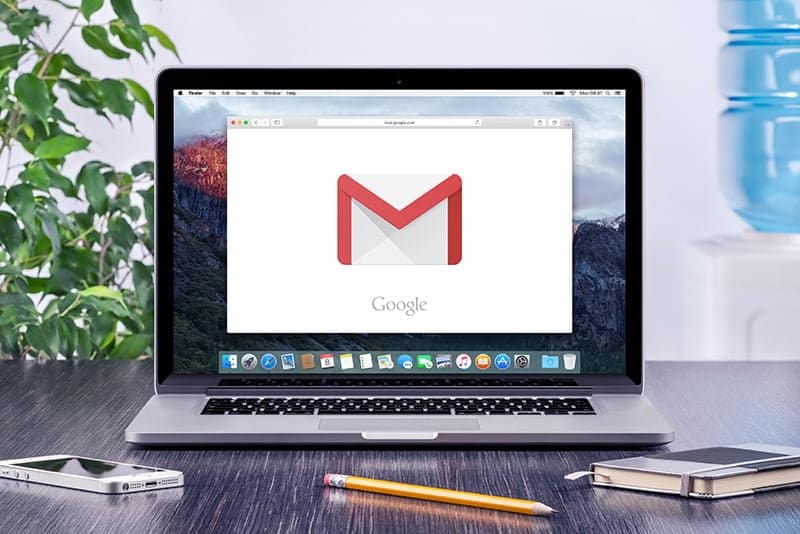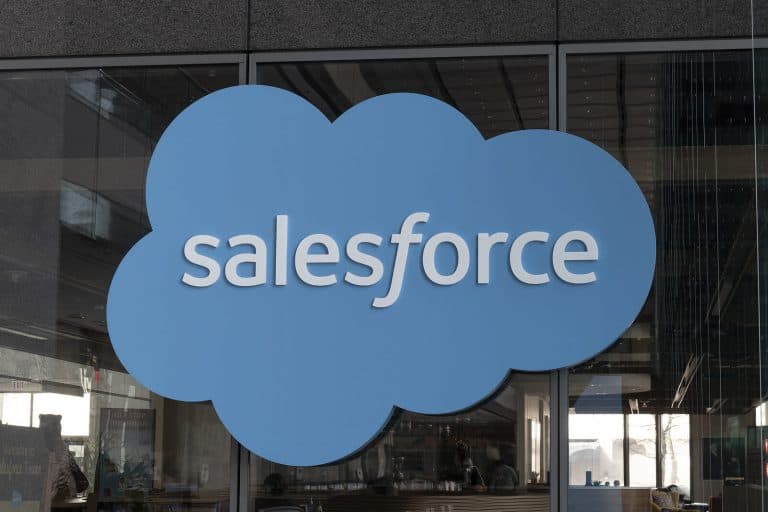The number of Gmail users subscribed to marketers’ email programs has increased by 76 percent since 2014, jumping from 17 percent to 30 percent, according to data released today by Yes Lifecycle Marketing.
In their third quarter benchmark report, “Email Marketing Compass: The Gmail Effect,” Yes Lifecycle Marketing analyzed more than 7 billion emails sent through its cross-channel communications platform Yesmail360i. According to the findings, Gmail users make up nearly half (49 percent) of new subscribers – those who opted into a brand’s email program within the last 90 days – and 38 percent of subscribers who opted in over the last year.
“In 2014, Gmail was still a relative newcomer despite being the second most popular ISP behind Yahoo; over a short three year-period, a combination of technological innovation and consumer preference has made it the absolute leader in subscriber share,” said Michael Fisher, president of Yes Lifecycle Marketing. “This means marketers must pay special attention to Gmail-specific inboxing criteria if they want to make sure they’re reaching consumers. Gmail places a lot of emphasis on subscriber activity and engagement, so marketers must focus on achieving positive user experience that prompts continuous interactions.”
The report also found that the “Big Four” ISP users – Gmail, AOL, Outlook (formerly Hotmail) and Yahoo – now make up two-thirds of email subscribers, up from 58 percent in 2014. Yahoo trails Gmail as the second most utilized ISP with 19 percent of email subscribers. Gmail, however, is the only growing “Big Four” ISP; AOL, Outlook and Yahoo all show shrinking or stagnating user bases.
“Gmail is no longer just a key player – it’s the industry leader setting the standard for the rest,” said Brad van der Woerd, Senior Director, Intelligence Products at Yes Lifecycle Marketing. “Bulking at Gmail will affect a large portion of a marketer’s database and make for significant revenue loss. Having tools and services like Yes Lifecycle Marketing’s Deliverability Intelligence, which effectively monitor and proactively solve deliverability issues, is paramount for successful campaigns, especially in the fourth quarter when performance can make or break a brand.”
In addition, the report identified an emerging trend: the rising popularity of non-standard holiday campaigns, such as the solar eclipse, Christmas in July or the start of football season. The most popular theme in Q3 2017 was summer, which 52 percent of marketers used in their campaigns.
Notably, themed emails saw a 21 percent lower open rate than non-themed emails in Q3 2017, but a 12 percent higher conversion rate, suggesting that these types of campaigns are only successful if the theme is relevant to a brand’s products and services.
Additional findings from the report, include:
- Seventy-three percent of all email campaigns sent in Q3 were responsive, indicating the growing primacy of mobile for email users in 2017
- Across ISPs, unique click rate is down 14 percent year-over-year, and click-to-open rate is down 18 percent year-over-year
- Nine percent of brands sent emails referencing 2017’s total solar eclipse
The growth of Gmail over the last few years has dictated new email standards marketers need to take note of,” said Michael Iaccarino president of Infogroup, parent company of Yes Lifecycle Marketing. “Yes Lifecycle Marketing watches and reports on trends, such as these, and helps brands understand the implications to their customer engagement strategies.”
To learn more about the change in subscriber base and how it will impact marketers, download the full benchmark report here.






